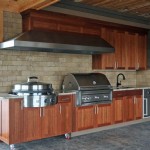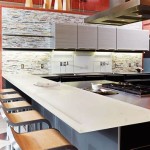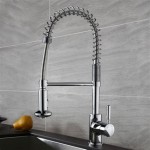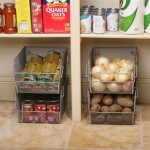Having the right lighting in your kitchen is essential to your success in cooking and baking. Fluorescent lights are a great option for kitchens, offering a bright illumination that is perfect for seeing what you’re doing in the kitchen. This beginner’s guide will provide you with all the information you need to know about kitchen fluorescent lights, from installation to troubleshooting and more.
Types of Fluorescent Lights
Fluorescent lights come in a variety of shapes and sizes, so you can find one that works for your kitchen. The most common types of fluorescent lights are:
- T8 fluorescent tubes
- T5 fluorescent tubes
- Compact fluorescent bulbs
Each type of fluorescent light has its own benefits and drawbacks, so it’s important to understand the differences between them before making a decision.
Installation
Installing a fluorescent light in your kitchen is a relatively simple process, but it’s important to follow the instructions carefully to ensure that the light is installed correctly. The most important step is to make sure that the light is wired correctly, as incorrect wiring can lead to a dangerous fire hazard. Once the wiring is done, the light should be mounted to the ceiling or wall and connected to a power source.
Troubleshooting
If your fluorescent light isn’t working, there are a few things you can do to troubleshoot the issue. First, make sure that the light is connected to a power source and that the power source is functioning properly. If the power source is functioning properly, it may be a problem with the wiring or the light itself. If this is the case, it’s best to call an electrician to inspect the light and make any necessary repairs.
Maintenance
Fluorescent lights require minimal maintenance, but it’s still important to check them periodically to make sure they are functioning properly. Fluorescent lights should be cleaned periodically to remove dust and debris that can accumulate on the surface, and the bulbs should be replaced when they burn out. Additionally, it’s important to check the wiring periodically to make sure that it’s connected properly and that there are no frayed wires or other potential hazards.















Related Posts








